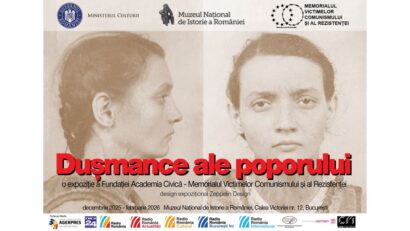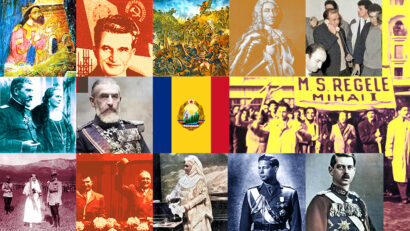Snake Island
Snake Island back in the public eye

România Internațional, 14.03.2022, 13:50
Snake Island reappeared in the public eye on February 25, 2022, the day after the start of the Russo-Ukrainian War. On a Friday, a Russian warship ordered the Ukrainian guard of the island to surrender, and after a brief bombardment, the island was captured. This aggression brought back into question the history of the only island in the Black Sea, its ecosystem and its anthropogenic habitation.
Located 20 nautical miles or 44 kilometers from where the Danube flows into the Black Sea, Snake Island is a limestone rock, with no water or trees, with poor vegetation, reeds and thistle. Its name comes from the small, non-venomous water snakes that once lived here. It covers 17 hectares, from north to south it is 440 meters long and from east to west 662 meter. Due to the harsh living conditions there, the island has no permanent residents besides the border guards.The island has been used as a fishing base since ancient times. It was also called the White Island, Leuke or Achilleis, where Milesian merchants used to stop.
In the 16th century, the island came under the control of the Ottoman Empire, and in 1829, under the Treaty of Adrianople, Russia annexed the island and in 1842 built a lighthouse there. In 1878, Romania received the island together with the Danube Delta and Dobrogea following the Berlin Peace Treaty. In 1940, after the annexation of Bessarabia and northern Bukovina by the Soviets, the island remained a Romanian territory.In 1948, after the conclusion of the Paris Peace Treaty of 1947, the Soviet Union committed its first territorial robbery after the Second World War. Under a protocol concluded on February 4, 1948 and the minutes of May 23 of the same year, Romania lost the island. It should be noted that these acts have not been ratified.
On November 25, 1949, the Soviet Union did it again: the Danube border between Romania and the USSR was pushed to the Musura Canal, west of the mouth of the northern Chilia arm of the Danube Delta. Eduard Mezincescu was Romania’s deputy foreign minister at the time and the one who signed the ceding of the island. In 1994, he recalled the circumstances of that decision:
In 1948, I received an order from Ana Pauker telling me that when they drew the borders after the war with the USSR, they missed Snake Island, which should have been ceded to the Soviets. Pauker, Romania’s foreign minister, said the Soviets had recently raised the issue and decided to get the island. Profir, the Minister of Public Works, and I went to Tulcea and, further, to Sulina and to the island to complete the process of handing it over. Which I did. On the island, the Soviets were represented by the ambassador, the deputy foreign minister, and military personnel. An outdoor table had been set up and the minutes were ready. We were invited to sign. I said I wanted to see first what I was supposed to hand over. So, I actually forced everybody there to take a tour the island on foot. With this whim, I delayed the signing of the document.
In 1999, the Oral History Center of the Romanian Radio Broadcasting Corporation recorded an interview with Admiral Constatin Necula, the head of the Romanian navigation security on the Black Sea during the Second World War. He recalled:
After August 23, 1944, when the delimitation of the Romanian-Soviet border began, I was sent to Sulina to participate, together with 2 Soviet officers, in drawing the maritime border. I went to Sulina without receiving any instructions, also because there were no specialists. I was told that the map would be drawn, I was not told about where the border would be and how this would be done. I was only told to talk to the Soviets and avoid any conflict with them. I found in Sulina the two Soviet officers who had already finished tracing the border. They had set up a beacon north of the port of Sulina, about 1-1.5 km away. They had taken the entire Delta that Chilia’s arm formed. The border went to the beacon fixed north of Sulina, and then to the east. They were careful to place the beacon in such a way that a line going east, perpendicular to the shore, passed south of Snake Island, so they could keep it. They put together a file with a map and a report that I didn’t want to sign. I told them that I was not authorized to sign any ceding of territory or to place a buoy.
After the collapse of the USSR in 1991, Snake Island became part of Ukraine. On February 3, 2009, the International Court of Justice in The Hague gave its verdict in the trial between Romania and Ukraine for the delimitation of the continental shelf of the Black Sea and of the exclusive economic zone. Romania was granted sovereign jurisdiction over an area of 9,700 square kilometers, or 79.34% of the disputed area, with the rest going to Ukraine. (MI)






























